Extreme precision needed to attach two main parts of Euclid spacecraft together
Wednesday, 30 March 2022 16:20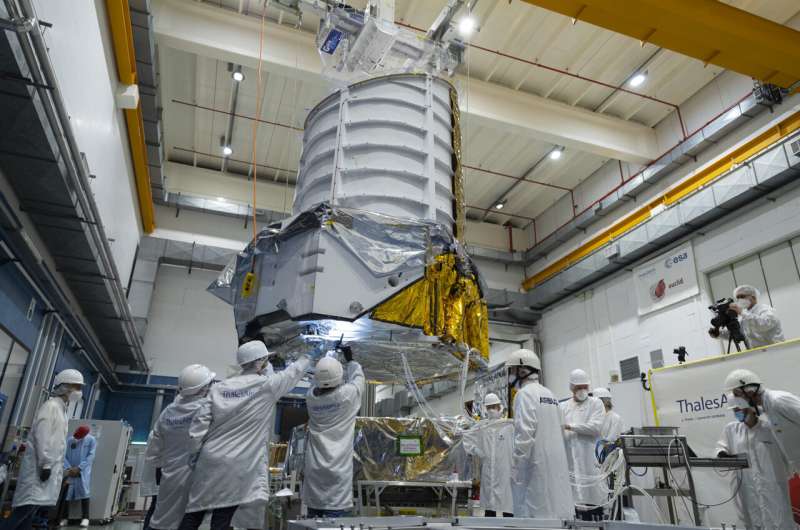
On 24 March, over a dozen engineers gathered at Euclid industrial prime contractor, Thales Alenia Space in Turin, to carefully attach the two main parts of the Euclid spacecraft together.
A record broken: Hubble finds the most distant star ever seen
Wednesday, 30 March 2022 14:00 Image:
A record broken: Hubble finds the most distant star ever seen
Image:
A record broken: Hubble finds the most distant star ever seen Journey to Destination Earth begins
Wednesday, 30 March 2022 12:40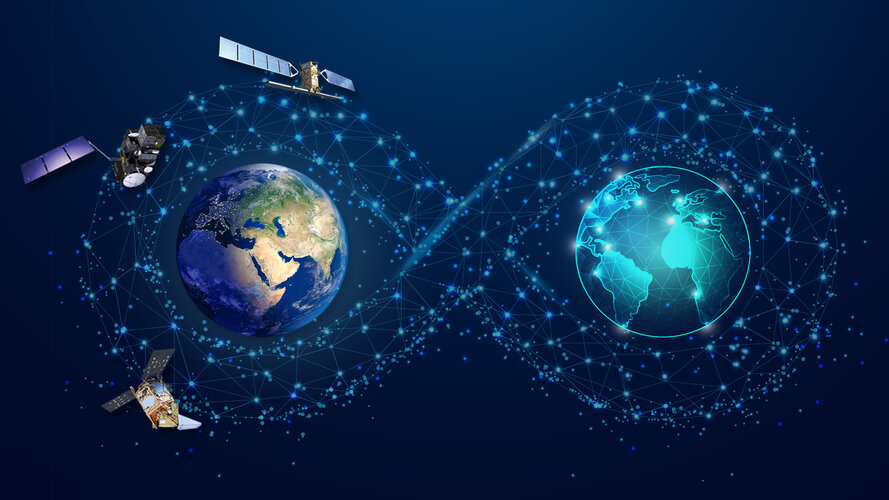
Today, the European Commission, ESA, the European Centre for Medium-Range Weather Forecasts (ECMWF) and the European Organisation for the Exploitation of Meteorological Satellites (Eumetsat) celebrated the official launch of the Destination Earth initiative: an ambitious project that involves creating a digital replica of Earth to help us move towards a sustainable future.
Jeff Matthews joins Radian Aerospace as director of strategy
Wednesday, 30 March 2022 12:00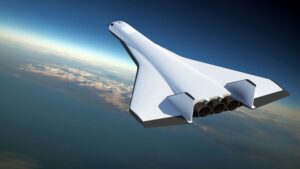
Radian Aerospace, a startup developing a reusable spaceplane, announced March 30 that Jeff Matthews, a founding member of Deloitte Consulting’s space sector practice, would become the company’s director of strategy.
The post Jeff Matthews joins Radian Aerospace as director of strategy appeared first on SpaceNews.
Soyuz returns astronaut and cosmonauts from space station
Wednesday, 30 March 2022 11:11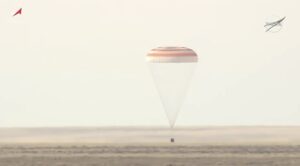
A Soyuz spacecraft carrying an American astronaut and two Russian cosmonauts landed in Kazakhstan March 30, an ordinary end of a mission in extraordinary times.
The post Soyuz returns astronaut and cosmonauts from space station appeared first on SpaceNews.
Virgin Orbit looks beyond satellite launch for growth opportunities
Wednesday, 30 March 2022 10:29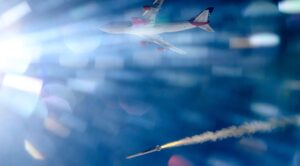
Small launch vehicle company Virgin Orbit says it sees opportunities not just in satellite launch but also in hypersonics as it looks to increase its revenue.
The post Virgin Orbit looks beyond satellite launch for growth opportunities appeared first on SpaceNews.
China to launch Einstein Probe in 2023 to observe violent cosmic events
Wednesday, 30 March 2022 09:55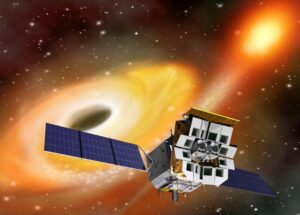
A Chinese wide-field x-ray space observatory has passed a major review and is expected to launch next year to detect flashes from cataclysmic cosmic events.
The post China to launch Einstein Probe in 2023 to observe violent cosmic events appeared first on SpaceNews.
Russian, US ISS record-holders return to earth
Wednesday, 30 March 2022 09:15 A record-breaking US astronaut and two Russian cosmonauts were headed for Earth Wednesday in the first space landing since Russia's invasion of Ukraine sent tensions between Moscow and the West to Cold War levels.
NASA's Mark Vande Hei is set to touch down in Kazakhstan's steppe at 1128 GMT, after setting a new record for the single longest spaceflight by a NASA astronaut by clocking 355 day
A record-breaking US astronaut and two Russian cosmonauts were headed for Earth Wednesday in the first space landing since Russia's invasion of Ukraine sent tensions between Moscow and the West to Cold War levels.
NASA's Mark Vande Hei is set to touch down in Kazakhstan's steppe at 1128 GMT, after setting a new record for the single longest spaceflight by a NASA astronaut by clocking 355 day Shenzhou XIII astronauts prep for return
Wednesday, 30 March 2022 09:15 Three astronauts stationed in China's Tiangong space station are preparing for their return trip in the middle of April, packing up personal items, experimental products and other materials, putting equipment into place and exercising to prepare their bodies for Earth's gravity.
The astronauts, Zhai Zhigang, Wang Yaping and Ye Guangfu, have to tidy up a large number of materials, including
Three astronauts stationed in China's Tiangong space station are preparing for their return trip in the middle of April, packing up personal items, experimental products and other materials, putting equipment into place and exercising to prepare their bodies for Earth's gravity.
The astronauts, Zhai Zhigang, Wang Yaping and Ye Guangfu, have to tidy up a large number of materials, including Viasat, Inmarsat to boost UK space industry investments
Wednesday, 30 March 2022 09:15 Viasat and Inmarsat, the US and UK satellite communications groups, have agreed on a package of legally-binding economic undertakings with the UK Government's Department for Business, Energy and Industrial Strategy (BEIS) as part of the proposed combination of the two companies. BEIS welcomed the constructive discussions that have taken place with both companies on their future plans. The transa
Viasat and Inmarsat, the US and UK satellite communications groups, have agreed on a package of legally-binding economic undertakings with the UK Government's Department for Business, Energy and Industrial Strategy (BEIS) as part of the proposed combination of the two companies. BEIS welcomed the constructive discussions that have taken place with both companies on their future plans. The transa MDA and US Army test integration of THAAD and Patriot missile defense
Wednesday, 30 March 2022 09:15 The Missile Defense Agency, in partnership with the U.S. Army Program Executive Office Missiles and Space, U.S. Army Space and Missile Defense Command, and Ballistic Missile Defense System Operational Test Agency, successfully conducted a flight test of the Terminal High Altitude Area Defense (THAAD) Weapon System. The test, designated Flight Test THAAD Weapon System (FTT)-21, was conducted at t
The Missile Defense Agency, in partnership with the U.S. Army Program Executive Office Missiles and Space, U.S. Army Space and Missile Defense Command, and Ballistic Missile Defense System Operational Test Agency, successfully conducted a flight test of the Terminal High Altitude Area Defense (THAAD) Weapon System. The test, designated Flight Test THAAD Weapon System (FTT)-21, was conducted at t At IAF anniversary celebration, a plea for continued cooperation in Space
Wednesday, 30 March 2022 09:15 The International Astronautical Federation (IAF), the world's leading space advocacy. Organization founded in the French capital in 1951, held it 70th anniversary celebration here, following a brief covid- related delay. Each year, IAF organized a Grand Space meet, gathering as many as 5,000 delegates from
space agencies industries and other space-related entities with over 433 members fro
The International Astronautical Federation (IAF), the world's leading space advocacy. Organization founded in the French capital in 1951, held it 70th anniversary celebration here, following a brief covid- related delay. Each year, IAF organized a Grand Space meet, gathering as many as 5,000 delegates from
space agencies industries and other space-related entities with over 433 members fro Quantum complexity grows linearly for an exponentially long time
Wednesday, 30 March 2022 09:15 "We have found a surprisingly simple solution to an important problem in physics," says Prof. Jens Eisert, a theoretical physicist at Freie Universitat Berlin and HZB. "Our results provide a solid basis for understanding the physical properties of chaotic quantum systems, from black holes to complex many-body systems," Eisert adds.
Using only pen and paper, i.e. purely analytically, the Be
"We have found a surprisingly simple solution to an important problem in physics," says Prof. Jens Eisert, a theoretical physicist at Freie Universitat Berlin and HZB. "Our results provide a solid basis for understanding the physical properties of chaotic quantum systems, from black holes to complex many-body systems," Eisert adds.
Using only pen and paper, i.e. purely analytically, the Be Sidus Space announces the upcoming launch of LizzieSat
Wednesday, 30 March 2022 09:15 Sidus Space, Inc. (NASDAQ:SIDU), a Space-as-a-Service satellite company focused on commercial satellite design, manufacture, launch, and data collection, is pleased to announce its forward progression towards launch of its LizzieSat (LS) satellite to the International Space Station (ISS). This mission is slated to take place later this year.
LS is a multi-mission satellite that supports cu
Sidus Space, Inc. (NASDAQ:SIDU), a Space-as-a-Service satellite company focused on commercial satellite design, manufacture, launch, and data collection, is pleased to announce its forward progression towards launch of its LizzieSat (LS) satellite to the International Space Station (ISS). This mission is slated to take place later this year.
LS is a multi-mission satellite that supports cu SES to enable RPAS operations via satellite
Wednesday, 30 March 2022 09:15 The latest contract awarded by the European Maritime Safety Agency (EMSA) will see the agency continue to use SES's high-performance satellite connectivity services for Remotely Piloted Aircraft Systems' (RPAS) operations, SES and EMSA announced. Under the new agreement, SES's managed connectivity service will allow end-users to receive and exchange RPAS data in near real-time and support the op
The latest contract awarded by the European Maritime Safety Agency (EMSA) will see the agency continue to use SES's high-performance satellite connectivity services for Remotely Piloted Aircraft Systems' (RPAS) operations, SES and EMSA announced. Under the new agreement, SES's managed connectivity service will allow end-users to receive and exchange RPAS data in near real-time and support the op 
